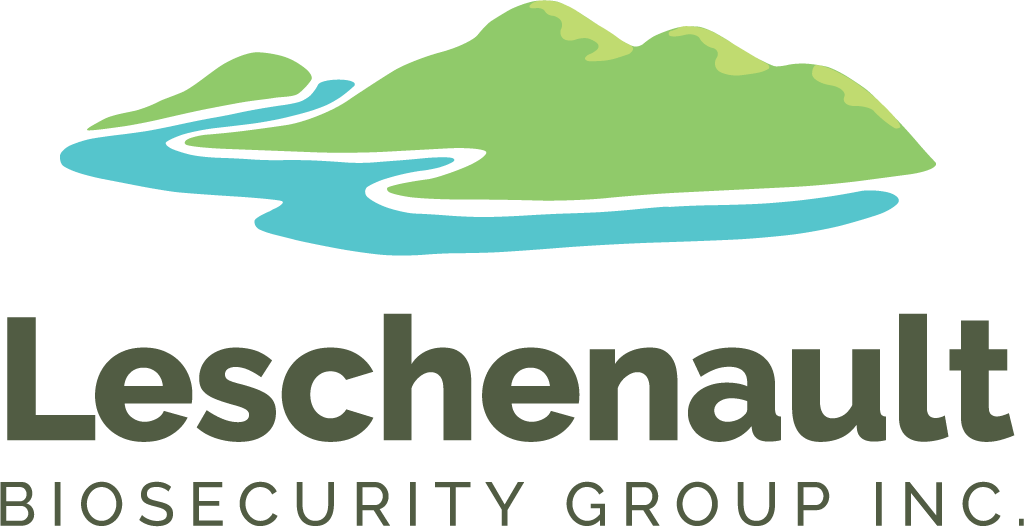European wasps feeding from raspberry cake (© Adobe stock) and European wasp surveillance trap hung in a tree.
In time for Christmas, a 3000+ trap array has been set across Perth and regional sites in WA. Their purpose? To detect the invasive European wasp (Vespula germanica); one of the world’s worst insect pests.
These gluttonous wasps swarm picnics, parties, cafés, and breweries, feeding on all things; drinks, sweets, and savories. Watch them close enough and you’ll see their jaws skilfully carve a piece from your meal and take it to go. This behaviour makes them unique amongst wasp species and a social nuisance and safety concern.
European wasps also forage on fruit crops, impacting home gardeners and commercial producers, and their predation of insects can impact local biodiversity and beehives. When it comes to destructive pests, they take the cake.
The DPIRD*-lead European wasp surveillance and eradication program, has to date, prevented the permanent establishment of this species. However, every year fertilised queens hitchhike into WA on vehicles or in freight and cargo from interstate. If undetected, they will leave their mode of transport and make a nest, which is predominantly underground.
Manually searching for a nest, is like looking for a needle in a haystack. The traps help us locate where in this haystack we need to look.
The traps are simple, but cleverly designed. Composed of a clear plastic, lidded jar, wire hook, a yellow label, and four specially designed yellow cones. A trap typically adorns a tree, and the decorative yellow appeals to the wasp, drawing them to the cones. The cones funnel the wasp inside and make it difficult to escape.
Capitalising on the wasps’ unique attraction to protein, present inside the trap is a small cube of raw fish. It’s this fish that lures the wasp to the trap. If a trap doesn’t contain the fish, it’s just a plastic ornament.
Traps are strategically placed in the highest risk areas of the state by surveillance staff or hung in home gardens, parks or schools by community or government participants of the ‘Adopt-a-trap’ program. If diligently lured with fish (fortnightly) and checked for wasps, we’ll detect them, find them, and eradicate them.
For more information about the eradication program, how to identify European wasps, or to adopt your own surveillance trap, see agric.wa.gov.au/wasps or contact our Pest and Disease Information Service.
*Department of Primary Industries and Regional Development


Recent Comments